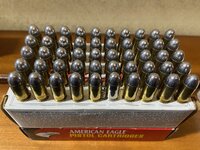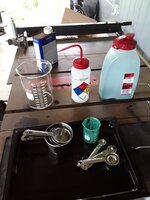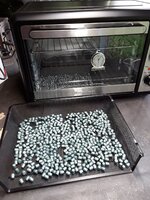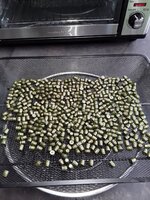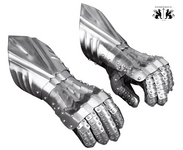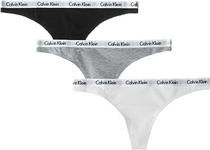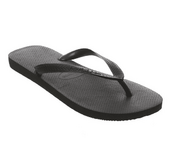Gold Supporter
Bronze Supporter
- Messages
- 24,922
- Reactions
- 59,313
It's really the way to go. I resisted for decades.Not yet -- would very much like to learn the poly coating process.
EDIT: well, years ago I used to load almost solely with hard cast lead (38s, 45s, 9mm) and never had an issue with them -- liked them -- and so I should look into that process too. Probably easier?
It's a no brainer and easy as heck.. see my "white powder!" thread for a complete tutorial.
lol






